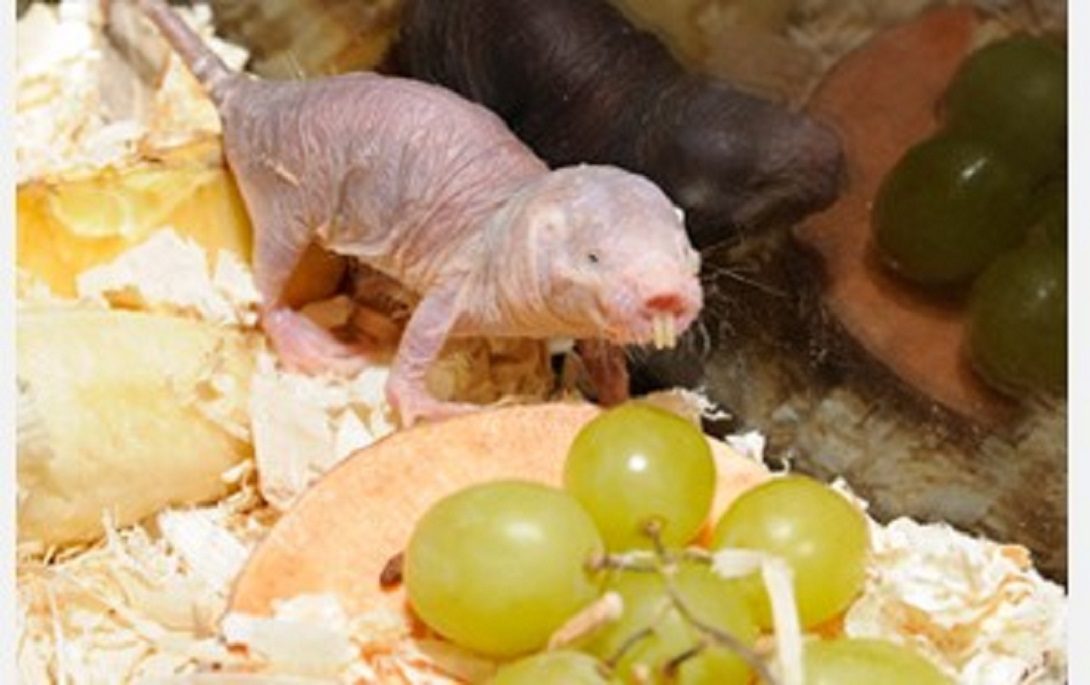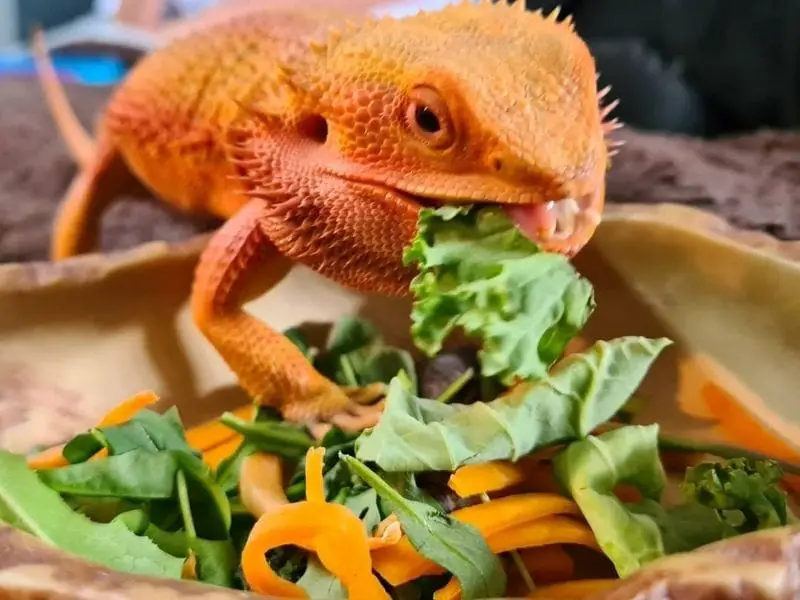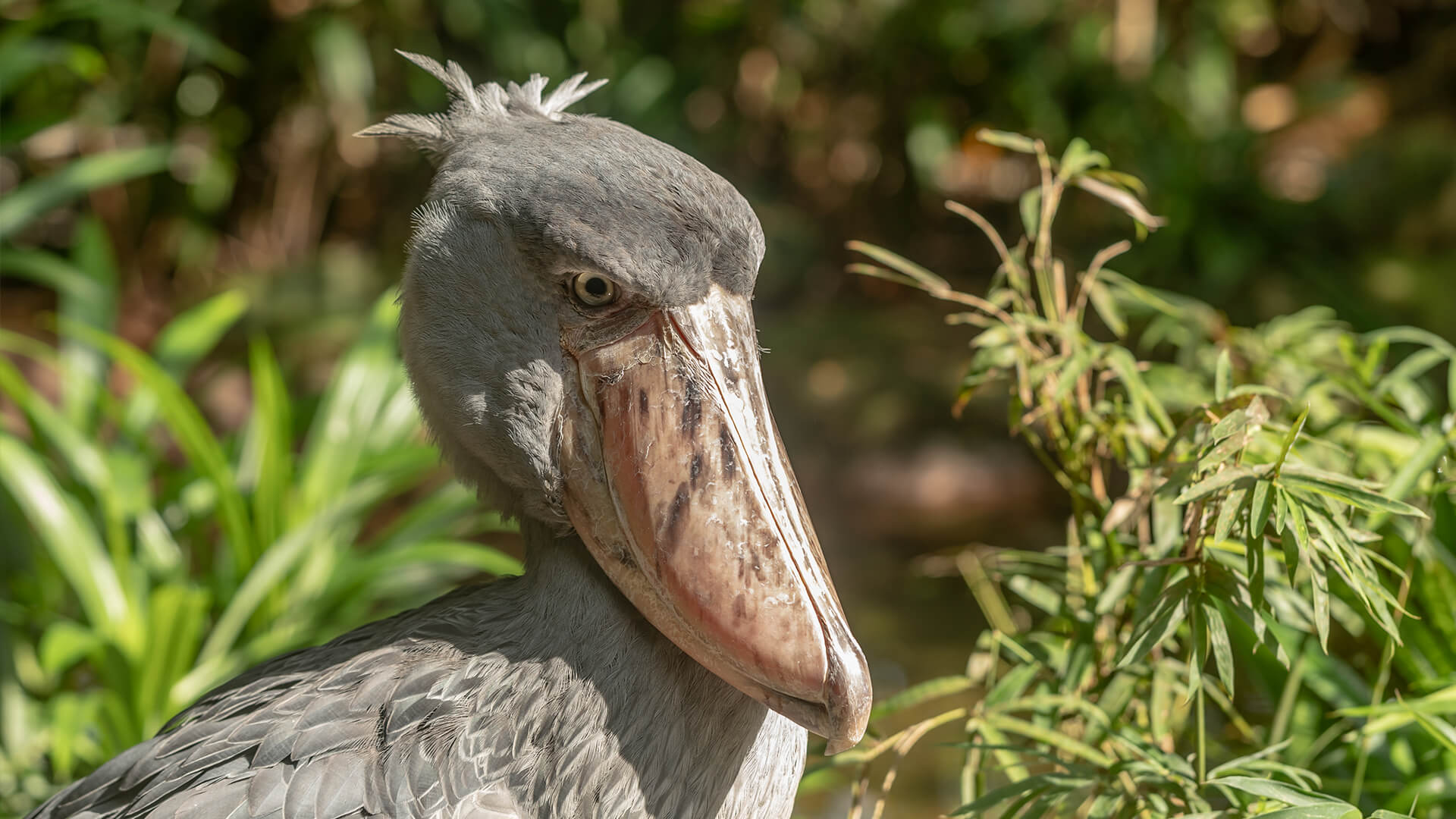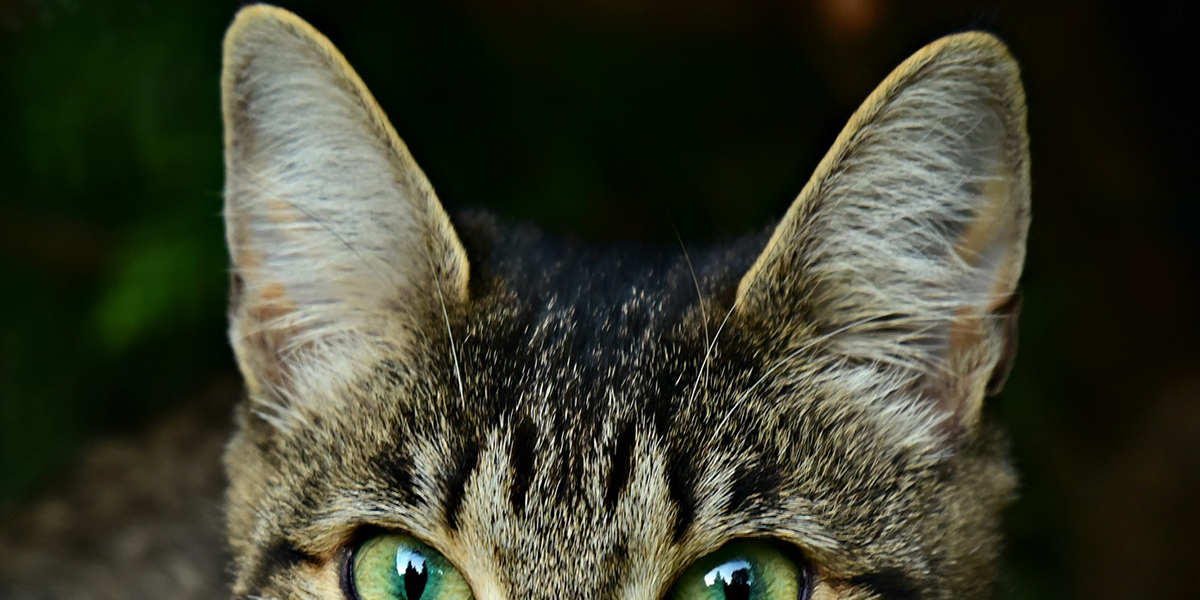Funny Animals Pictures & Interesting Facts
June 2/2023
by Active Wild Admin
activewild.com
Funny animals pictures and facts – a list of the world’s most amusing-looking species.
They may look hilarious to our eyes, but each of the animals on this page has developed its peculiar features in order to survive…
Axolotl
Scientific name: Ambystoma mexicanum
Family: Ambystomatidae
Found in: North America (Mexico)
IUCN Conservation Status: Critically Endangered
The Axolotl is a fascinating amphibian known for its extraordinary regenerative capabilities & perpetual juvenile state, a condition known as neoteny. This means it retains its juvenile aquatic characteristics throughout its life, including external gills & a dorsal fin, although it is capable of reproduction.
The Axolotl is native to a series of lakes near Mexico City, but unfortunately, habitat loss & pollution have led to a significant decline in its wild populations, hence its critically endangered status.
Aye-Aye
Scientific name: Daubentonia madagascariensis
Family: Daubentoniidae
Found in: Africa (Madagascar)
IUCN Conservation Status: Endangered
The Aye-Aye is a unique lemur species endemic to Madagascar. It is known for its unusual features, including large, bright eyes, elongated middle fingers, & bushy tails. Its middle finger is used to tap on tree bark to find larvae & then extract them, demonstrating an unusual form of percussive foraging.
The Aye-Aye is a nocturnal animal & primarily lives in Madagascan rainforests. Due to habitat loss, hunting, & persecution due to being viewed negatively by superstitious locals, it is considered endangered.
Bald Uakari
Scientific name: Cacajao calvus
Family: Pitheciidae
Found in: South America (Amazon Rainforest)
IUCN Conservation Status: Vulnerable
The Bald Uakari is a distinctive monkey species native to the Amazon Rainforest. Its most recognizable feature is its bright red, bald face, contrasting with its thick, fluffy coat, usually white or golden in color.
The redness of the face is an indicator of health & is thought to play a significant role in mate selection. Bald Uakaris are social animals, living in large groups, & spending most of their lives in the treetops. They are currently considered vulnerable due to habitat loss & hunting.
Blue-Footed Booby
Scientific name: Sula nebouxii
Family: Sulidae
Found in: Central & South America (Eastern Pacific Ocean)
IUCN Conservation Status: Least Concern
The Blue-Footed Booby is a marine bird known for its bright blue feet, which are used in elaborate mating rituals. It is found along the eastern Pacific Ocean, particularly on the Galapagos Islands.
These funny birds are excellent divers, plunging from great heights into the sea to catch fish & squid. Despite their somewhat comical appearance, they are adept predators & strong fliers. Their populations are currently stable, & they are listed as least concern by the IUCN.
Dung Beetle
Family: Scarabaeidae
Found in: Worldwide, except Antarctica
IUCN Conservation Status: Varies by species
Dung Beetles are a group of beetles known for their unique behavior of consuming & utilizing animal feces. They are found on every continent except Antarctica, inhabiting various habitats, including grasslands, forests, & deserts.
Dung Beetles play a vital role in nutrient cycling & waste decomposition by breaking down animal waste, which benefits soil health & plant growth. The conservation status of Dung Beetles varies by species, with some facing threats from habitat loss, pesticide use, & other factors.
Flying Fish
Family: Exocoetidae
Found in: Tropical & Subtropical Oceans Worldwide
IUCN Conservation Status: Not Evaluated
Flying Fish are a family of marine fish known for their ability to leap out of the water & glide considerable distances using their long, wing-like pectoral fins. This behavior is primarily a defense mechanism to evade predators.
Flying Fish inhabit warm oceanic waters worldwide & typically feed on plankton & other small marine organisms.
The peculiar fish have streamlined, torpedo-shaped bodies, allowing them to swim at high speeds & launch themselves out of the water.
Frogfish
Family: Antennariidae
Found in: Tropical & Subtropical Oceans Worldwide
IUCN Conservation Status: Varies by Species
Frogfish are a family of anglerfish known for their unusual appearance & superb camouflage abilities. Their habitat spans the tropical & subtropical oceans worldwide.
Frogfish typically have a short, chunky body, a large mouth, & a modified dorsal fin that acts as a lure to attract prey.
These funny fish are benthic creatures, meaning they live at the bottom of the sea. They’re usually sedentary, preferring to lie in wait for their prey instead of pursuing it actively.
Gharial
Scientific name: Gavialis gangeticus
Family: Gavialidae
Found in: South Asia (Northern India & Nepal)
IUCN Conservation Status: Critically Endangered
The Gharial, also known as the Gavial, is a crocodile species characterized by its long, thin snout & rows of sharp teeth, which are adapted for catching fish, its main food source.
Gharials inhabit the river systems of Northern India & Nepal. Despite being one of the largest of all crocodilian species, Gharials are not a threat to humans, as their diet & anatomy are not suited to preying on large mammals.
The Gharial is currently listed as critically endangered, primarily due to habitat loss.
Greater Sage Grouse
Scientific name: Centrocercus urophasianus
Family: Phasianidae
Found in: North America (Western United States & Canada)
IUCN Conservation Status: Near Threatened
The Greater Sage Grouse is a large, ground-dwelling bird found in the sagebrush ecosystem of the western United States & Canada.
The species is best known for its elaborate courtship displays, in which males fan their tail feathers, inflate their chest sacs, & make a series of popping sounds to attract females.
The Greater Sage Grouse relies heavily on sagebrush for food, shelter, & nesting sites. It is listed as near threatened due to habitat loss & degradation, primarily from energy development, agriculture, & wildfires.
Hercules Beetle
Scientific name: Dynastes hercules
Family: Scarabaeidae
Found in: Central & South America
IUCN Conservation Status: Not Evaluated
The Hercules Beetle is a large, rhinoceros beetle native to the rainforests of Central & South America. Males are known for their impressive horns, which they use for combat & to attract females.
Hercules Beetles are among the largest beetles in the world, with males reaching lengths of up to 17 centimeters.
Longhorn Cowfish
Scientific name: Lactoria cornuta
Family: Ostraciidae
Found in: Indo-Pacific Region
IUCN Conservation Status: Not Evaluated
The Longhorn Cowfish is a peculiar species of boxfish recognized by the long, cow-like horns protruding from its head & its boxy, rigid body. Its vibrant coloration & amusing appearance make it a popular choice for aquariums.
Unlike most other fish, the longhorn cowfish doesn’t move its body when swimming, instead relying mainly on its pectoral (side) fins to propel itself through the water. This unusual swimming style – known as ostraciiform swimming – makes this funny-looking fish appear to be hovering. It’s such a slow swimmer that it can easily be caught by hand.
Inhabiting the coral reefs across the Indo-Pacific region, the Longhorn Cowfish feeds on small invertebrates & algae. When stressed or injured, it can release a deadly toxin harmful to other fish in the vicinity.
Naked Mole Rat
Scientific name: Heterocephalus glaber
Family: Bathyergidae
Found in: Africa (East Africa)
IUCN Conservation Status: Least Concern
The Naked Mole Rat is a small rodent native to East Africa. It is known for its eusocial lifestyle, similar to bees & ants, with a single breeding queen & worker & soldier classes.
This funny mammal is practically hairless, has poor eyesight, & lives in elaborate underground tunnel systems.
Remarkably, naked mole rats are highly resistant to cancer & can live up to 30 years, a lifespan exceptionally long for rodents. The IUCN lists the Naked Mole Rat as of least concern due to its wide distribution & presumed large population.
Pangolin
Scientific name: Manis spp.
Family: Manidae
Found in: Africa & Asia
IUCN Conservation Status: Varies from Vulnerable to Critically Endangered
Pangolins are unique mammals known for their protective armor of overlapping scales made of keratin, the same material found in human hair & nails.
8 pangolin species are distributed across Africa & Asia, each displaying an anteater-like lifestyle using a long tongue to feast on ants & termites.
Unfortunately, Pangolins are the most trafficked mammals in the world due to demand for their scales & meat, leading to severe population declines. As such, their conservation statuses range from Vulnerable to Critically Endangered.
Pig-Nosed Turtle
Scientific name: Carettochelys insculpta
Family: Carettochelyidae
Found in: Australasia (Northern Australia, New Guinea)
IUCN Conservation Status: Vulnerable
The Pig-Nosed Turtle is the sole species in its family, distinguished by its pig-like snout & flippers reminiscent of sea turtles. It’s primarily found in freshwater rivers, lagoons, & pools in Northern Australia & New Guinea.
The species is omnivorous, consuming a variety of plant material & small animals. Over-harvesting for the pet trade, coupled with habitat loss & degradation, has led to population declines, resulting in its vulnerable status.
Platypus
Scientific name: Ornithorhynchus anatinus
Family: Ornithorhynchidae
Found in: Australasia (Eastern Australia, Tasmania)
IUCN Conservation Status: Near Threatened
No list of funny animals would be complete without the Platypus, an extraordinary mammal endemic to Eastern Australia & Tasmania. It is one of the very few venomous mammals (male platypuses have a venomous spur on their hind legs) & one of just 5 mammals that lay eggs (the other 4 are echidnas).
The Platypus is semi-aquatic & possesses a unique bill that is similar in appearance to a duck’s, a furry body like an otter’s, & webbed feet for efficient swimming. Its bill is highly sensitive & used for detecting prey underwater – the platypus can sense electrical fields produced by other animals.
This funny-looking Australian species is near threatened due to habitat degradation, predation, & the impacts of drought & wildfires.
Potoos
Family: Nyctibiidae
Found in: Central & South America
IUCN Conservation Status: Varies by Species
Potoos are a family of birds native to Central & South America, known for their cryptic plumage & unusual vocalizations. These nocturnal birds are superbly adapted for a life spent motionless on dead tree stumps, with their unique plumage blending perfectly into the bark.
The potoos’ large eyes aid in nocturnal hunting; these funny birds feed primarily on insects, which they catch in flight.
Potoos are elusive & rarely seen, leading to many local legends.
Proboscis Monkey
Scientific name: Nasalis larvatus
Family: Cercopithecidae
Found in: Asia (Borneo)
IUCN Conservation Status: Endangered
The Proboscis Monkey is a primate species endemic to Borneo’s mangroves, swamps, & riparian forests. Its most distinctive feature is the large, fleshy nose of the males, which is thought to enhance vocalizations & is a desirable trait for females. The species is also notable for its potbelly, a result of its unique diet of unripe fruits & leaves.
The Proboscis Monkey is endangered, with habitat destruction for palm oil plantations being the species’ main threat.
It may look comical to our eyes, but the Proboscis Monkey is fighting a very real battle for survival.
Red-Lipped Batfish
Scientific name: Ogcocephalus darwini
Family: Ogcocephalidae
Found in: Eastern Pacific (Galapagos Islands)
IUCN Conservation Status: Not Evaluated
The Red-Lipped Batfish is a funny-looking fish found around the Galapagos Islands.
The species is known for its bright red lips & its unusual method of locomotion: it uses its pectoral fins to “walk” along the ocean floor.
Like other anglerfish, the Red-Lipped Batfish has a lure on its head for attracting prey.
Sea Cucumber
Scientific name: Holothuroidea (class)
Family: Various
Found in: Oceans Worldwide
IUCN Conservation Status: Varies by Species
Sea Cucumbers are a class of echinoderms found in oceans worldwide. Resembling their namesake in shape, these marine animals have leathery skin & an elongated body.
These unusual-looking invertebrates play a crucial role in the marine ecosystem by breaking down detritus & recycling nutrients. Some species are also valued as a delicacy in many East Asian cuisines.
Shoebill
Scientific name: Balaeniceps rex
Family: Balaenicipitidae
Found in: Africa (Eastern Africa)
IUCN Conservation Status: Vulnerable
The Shoebill, also known as the whalebill, is a large bird found in the swamps of Eastern Africa. It gets its name from its massive, shoe-shaped bill, which it uses to catch & crush prey, including fish, amphibians, & small reptiles.
Despite its somewhat stork-like appearance, it is more closely related to pelicans. The Shoebill is known for its statue-like stillness when hunting. It is listed as vulnerable, with habitat destruction & disturbance being this funny animal’s primary threats.
Cute Critter Pics:
Weekly Chuckle:







































